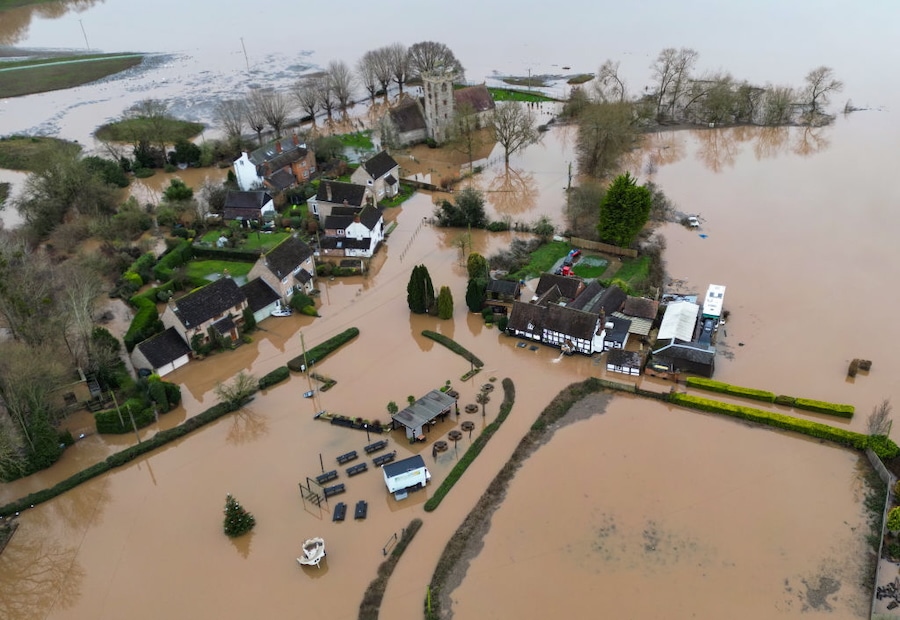This post was originally published on Eco Watch
The government of the United Kingdom has announced a record flood protection package that includes an additional 250 million pounds to better protect tens of thousands of England’s homes and businesses.
As part of the government’s Plan for Change, it is committing 2.65 billion pounds over two years to fund flood defenses for 52,000 properties by March of 2026, a press release from the UK government said. The record funding will also include needed maintenance at an additional 14,500 properties.
“With the frequency of extreme weather events only continuing to rise, leading to devastating impacts for people, homes, businesses and communities and costing the UK economy billions each year, decisive action to invest in adapting to climate change has never been more important,” the press release said.
The funding will also protect farmland recently impacted by storms.
“The storms this winter have devastated lives and livelihoods. The role of any Government is to protect its citizens. Under our Plan for Change, we are investing a record £2.65 billion to build and maintenance flood defences to protect lives, homes and businesses from the dangers of flooding,” said Steve Reed, environment, food and rural affairs secretary, in the press release.
The announcement came as the government’s Floods Resilience Taskforce met on Monday. Ministers joined representatives from Local Resilience Forums, the National Farmers’ Union and the Met Office.
They explored potential further steps to protect the more than six million properties that are at risk of flooding in England.
As many as 1,000 projects will receive a portion of the investment program funds. Some of the funding — 140 million pounds — will be put toward 31 projects on a priority basis.
With the climate crisis contributing to increasing weather extremes, including more frequent flooding, a growing number of homes and businesses are projected to be affected by flooding in the future.
“The impact of flooding on our communities will only become greater as climate change brings more extreme weather, like Storms Bert, Conall and Éowyn,” said Alan Lovell, chair of the Environment Agency, in the press release. “With this new funding, we will work closely with the Government to deliver the vital projects that are needed across the country, ensuring our investment goes to those communities who need it the most.”
Flood Minister Emma Hardy called the lack of investment by the previous Conservative government a “dereliction of duty,” reported The Guardian.
“We inherited flood assets in the worst condition on record, which I think is arguably a dereliction of duty of the last government,” Hardy said. “The first duty of any government is to protect its citizens, and they’re failing to protect citizens from flooding, putting lives at risk, putting businesses at risk, putting homes at risk. So what we’re saying is we need this massive increase in the budget to £2.65bn.”
New modelling shows the number of UK homes expected to flood has risen much higher than previously expected.
Flood protection plans have been cut by 40% in recent years because of a lack of investment in defences, with a quarter of major projects abandoned.
— Unearthed (@unearthednews.bsky.social) December 17, 2024 at 1:57 AM
The post UK Flood Defense Spending to Reach Record Levels in Face of Climate Crisis appeared first on EcoWatch.





0 Comments